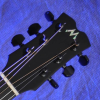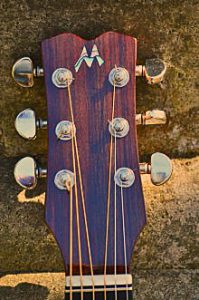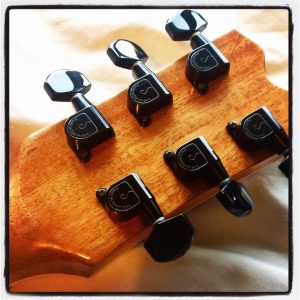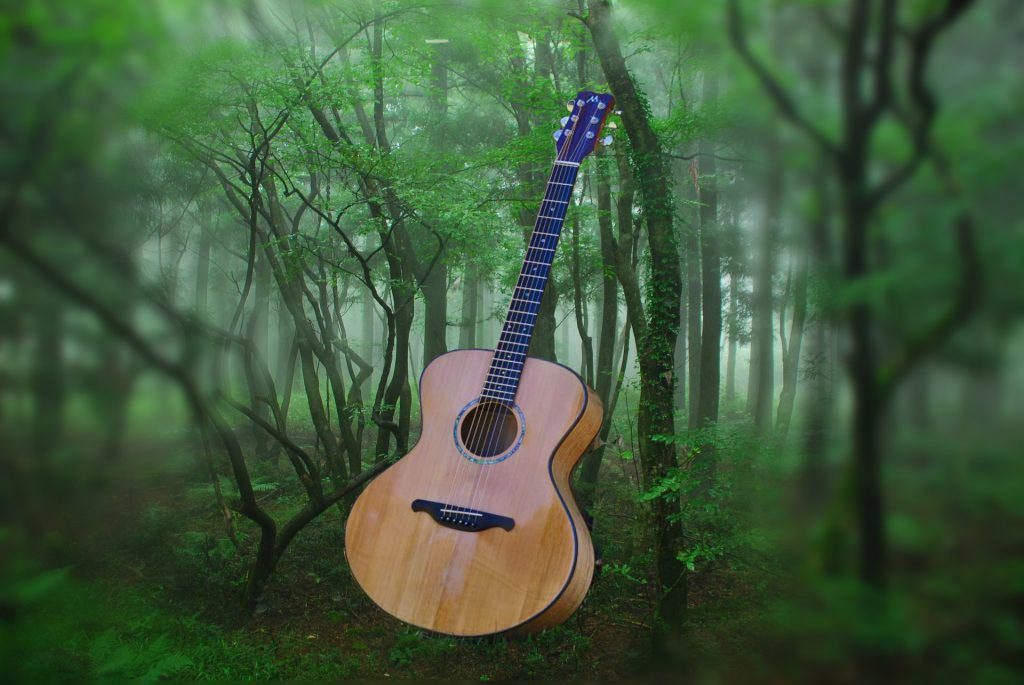The construction of the custom”Oak Guitar”
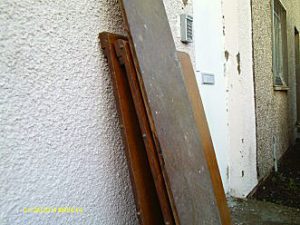
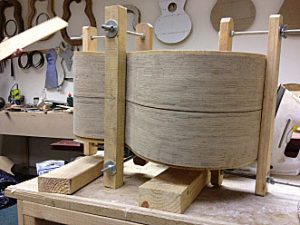
After careful selection and preparation, the timber is ready to be used as the back and sides of this custom acoustic. Initially, I hand sand the thickness of the selected timber, preparing it for the next part of the build. The Oak sides are subject to a steaming process to ensure the timber is not damaged when it is placed on the mould.
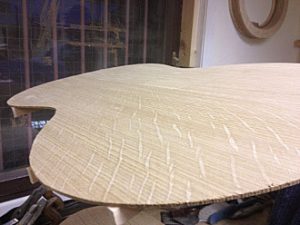
This piece of timber is chosen for its attractive natural flaming, which is more prevalent when the external face of the back is turned to the light.This flaming will only become more obvious to the eye following the lacquering stage.
The pitch pine front, also chosen for its attractive grain and pleasing sound properties is hand prepared.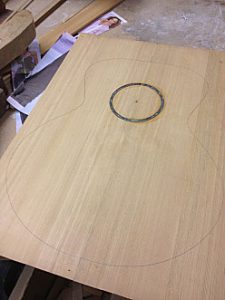
This timber is also hand cut from larger blocks which I recycle to reduce my “carbon footprint”. The grain of this pine will also be very pleasing to the eye once hand lacquering has been completed.
End blocks are glued in place and clamped whilst drying. 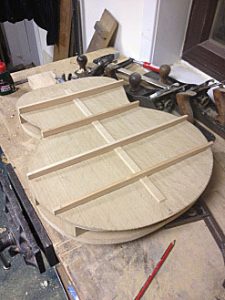
In their unfinished form, the braces are glued into place on
the internal surface of the back prior to shaping and sanding.
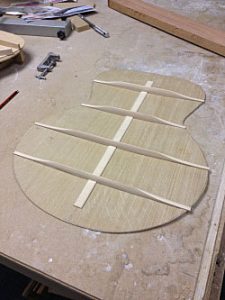
I believe that care taken at this stage affects the overall tone and resonance of the finished instrument as smooth internal surfaces reflect sound.
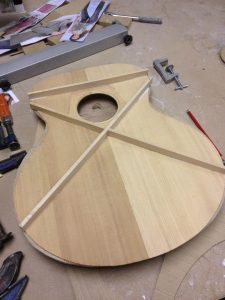
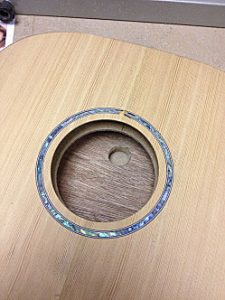
The front is sawn to the desired shape and the sound hole cut. The abalone
sound hole inlay is sanded level to the top of the guitar.
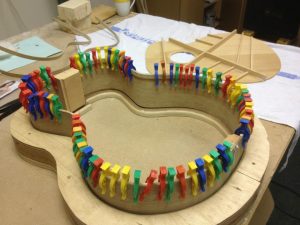
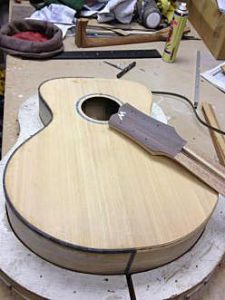
I trust the good old-fashioned method of holding the solid Ash wood bindings in place with pegs whilst they are glued.
The headstock veneer is also clamped in place whilst the glue cures.
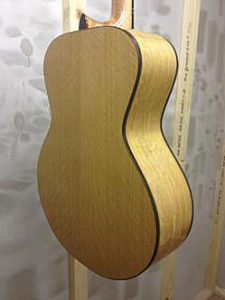
A Rosewood headstock veneer, with the logo in abalone, is used as the final touch. The headstock veneer, once lacquered shows the true depth of the grain.
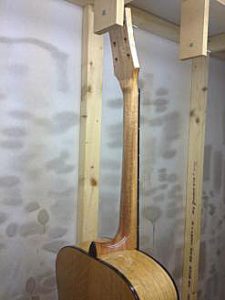
heel cap, which I believe compliments the Oak body visually.
High quality Schaller machine heads are used on each Mitchell guitar as a standard.
